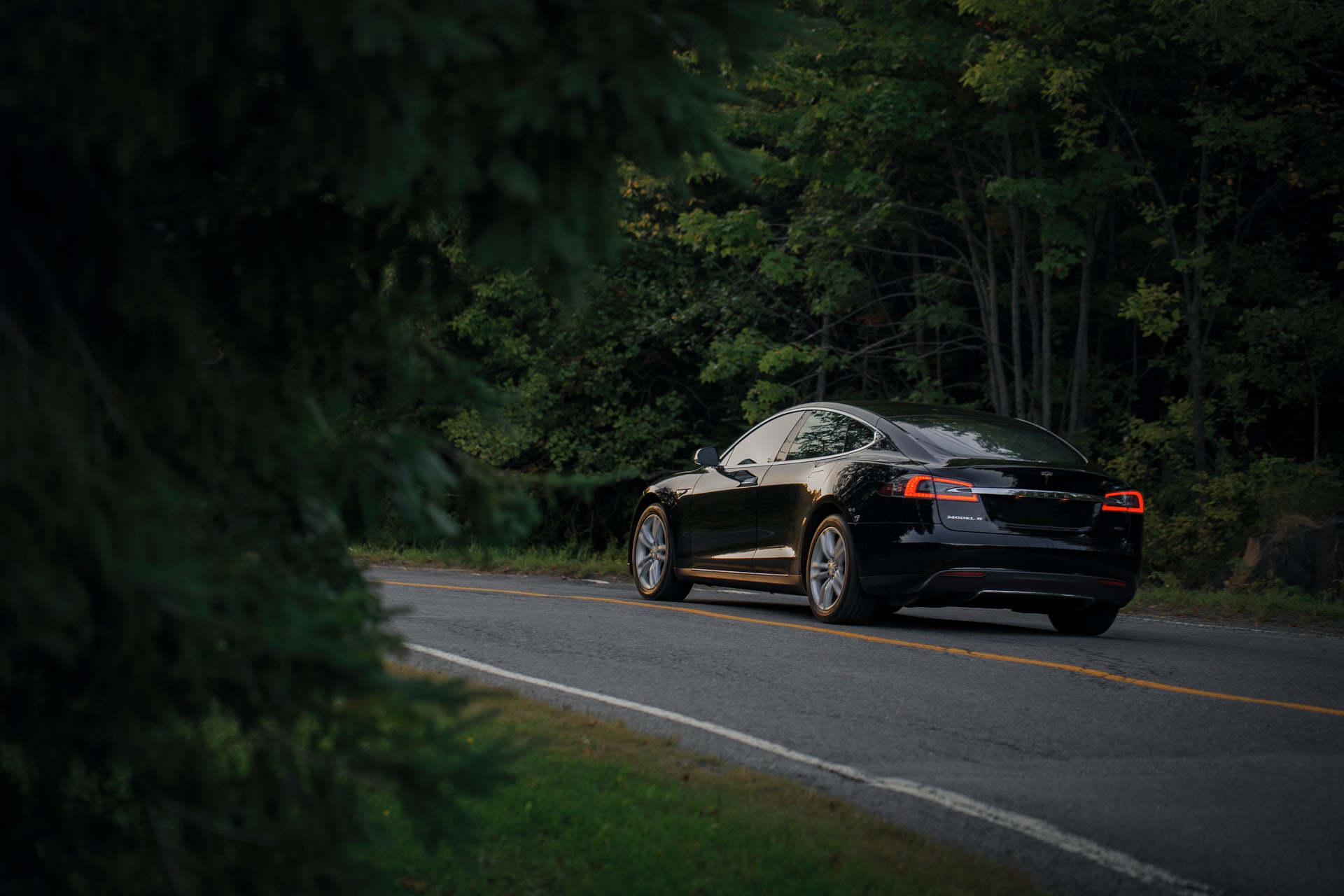How far can I drive in an EV?
Most modern EVs now have similar ranges to a full tank of petrol, so making sure you're always fully charged does take a small change to your daily habits.
By charging at home overnight, you'll wake up to a full battery, giving you up to 300 miles without needing to plug in - and as 99% of our journeys are less than 100 miles, your day-to-day travel should be just as convenient with an EV.
If you're making a longer journey, it pays to plan ahead; by simply timing your stops with your range, you can take a break for lunch while your car charges up ready for the next leg. Easy! There are also plenty of apps available to help you to find your nearest charging point - including rapid charging points at service stations for quick top-ups in as little as 20 minutes.
Most new in-car heating systems can also now be controlled via a smartphone app from the comfort of your home, so you can even warm up your car before you unplug, to make the most of the available range.
You can also increase your range by driving smoothly (no heavy acceleration!), as well as making the most of regenerative braking, which uses deceleration to charge the battery.
With the lightning-fast improvements in EV technology, batteries, and the availability of public car charging stations, there's no need to worry about keeping your car charged up. The UK now has over 35,000 public charging connections, with the number increasing all the time as more supermarkets, hotels, restaurants, gyms and public car parks are adding connections. Some are even free to use!
And as the average length of a car journey in the UK is just 8.4 miles, most EV drivers find themselves only needing to charge every week or so - with no more pesky petrol station dashes!



